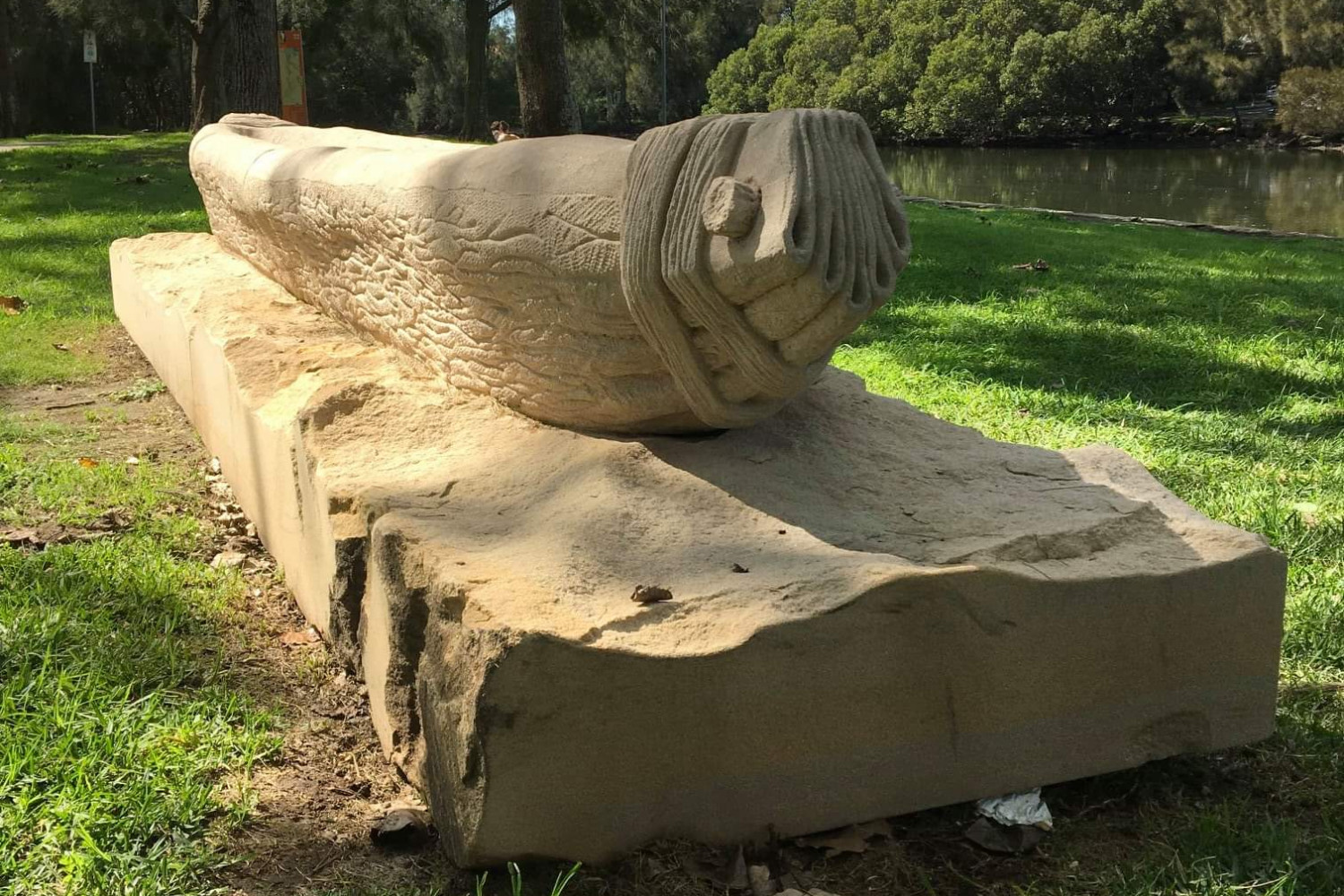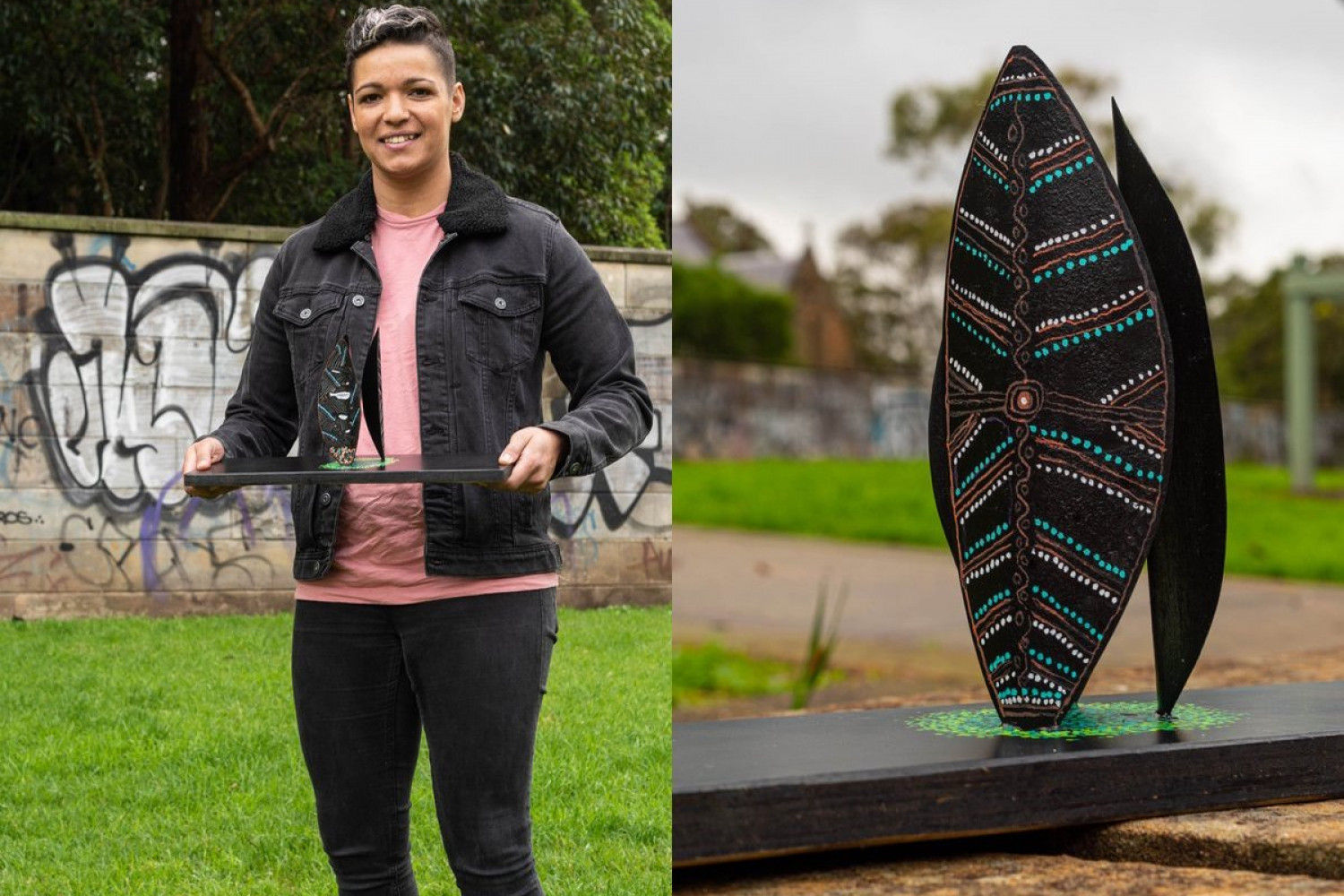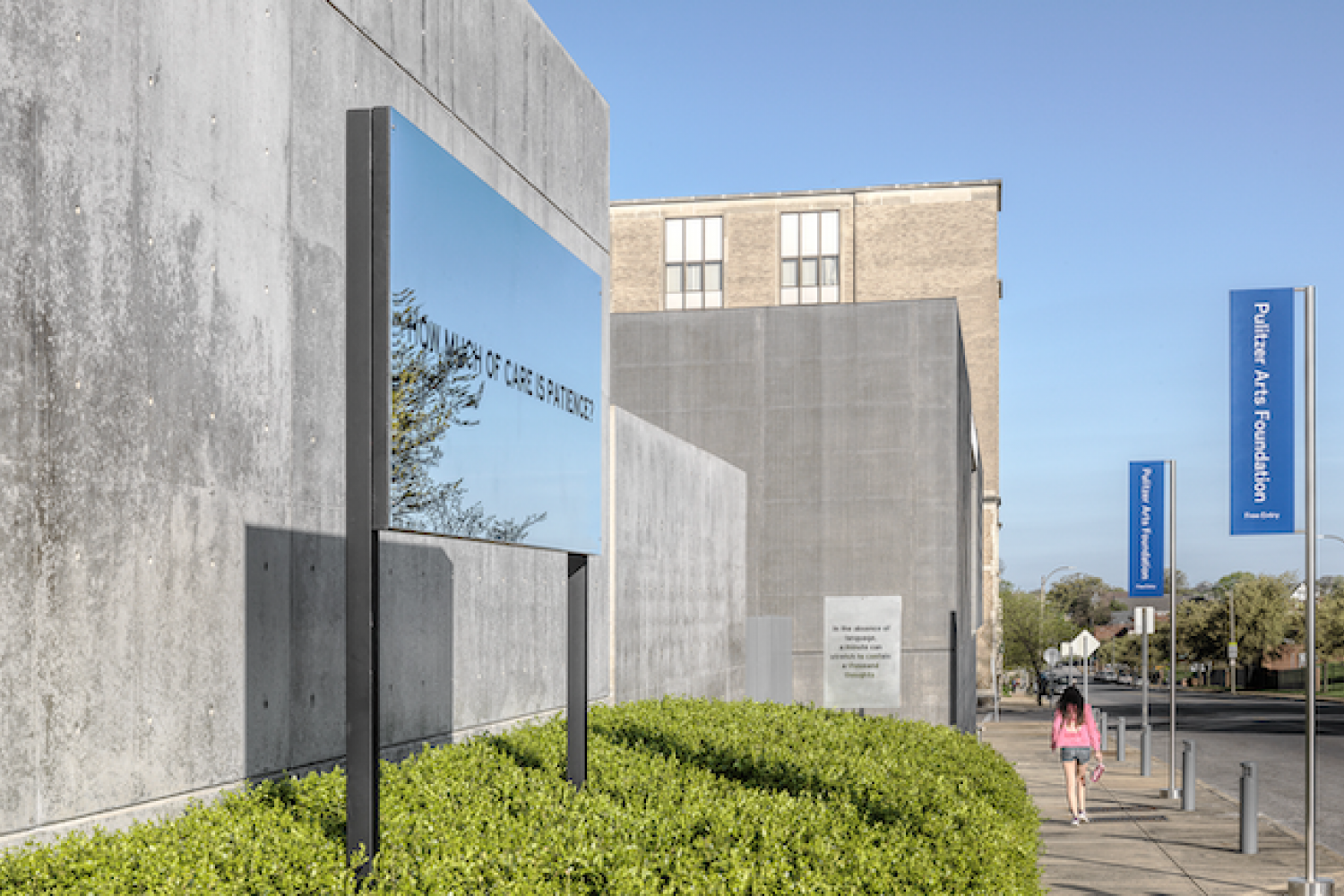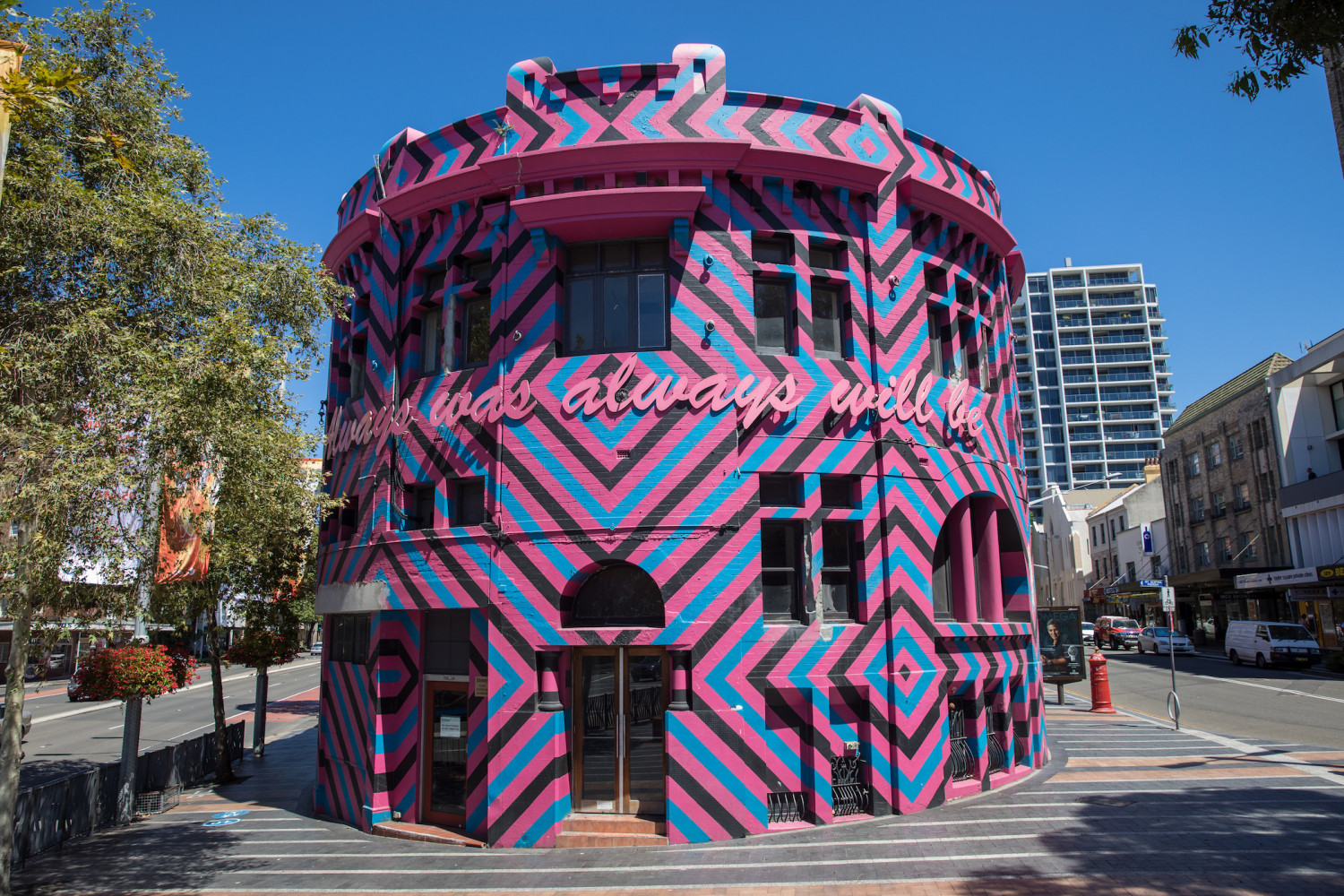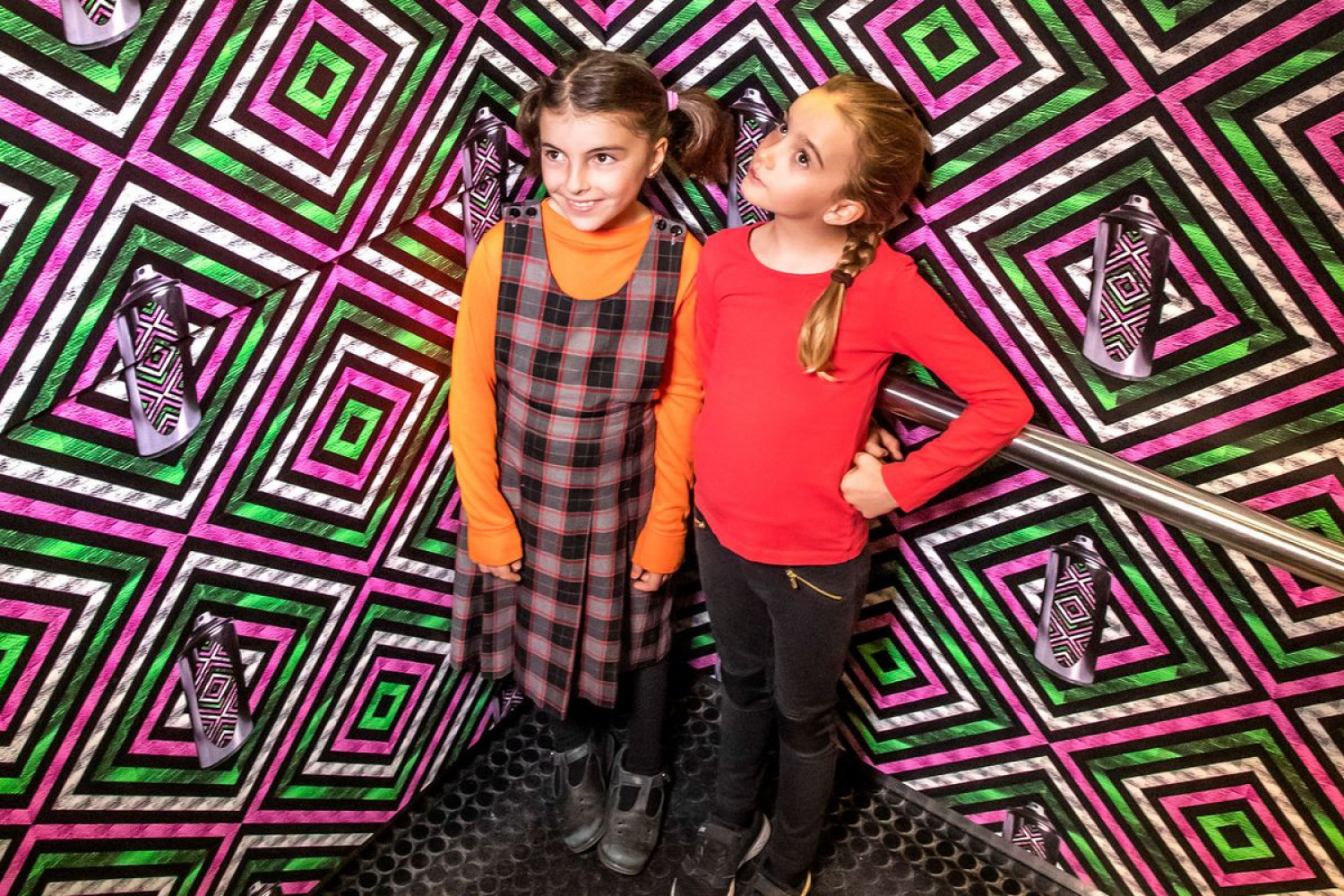
As GPS systems have become increasingly developed and progressively more user-friendly, wayfinding has become less about information systems and more about site-specific experiences.
Wayfinding has historically referred to information systems that guide people through a physical environment.
The current domain of wayfinding, however, is no longer restricted to street signs and informative place maps – especially after two years of being advised to stay home and not travel, the need for meaningful ways of engaging with and navigating around locations is growing.
With technological advancements like augmented reality and artificial intelligence, it is more important now than ever to maintain the creative human element in wayfinding. Of late, public art has gained popularity as a means of enhancing the understanding and experience of being in a physical location, and directly speaking to high-level human needs.
These public artworks often become known as landmarks, which guide individuals through spaces in a more creative, meaningful and memorable way.
Public Art Enhances Understanding and Experience
Public art has the power to enrich a passerby’s understanding of their context in a way far deeper than informative streetside maps can.
In 2019, the Sydney Inner West Council commissioned five artists to create public artworks that explore meaningful connections to the Gadigal Wangal Lands – the project, formally titled ‘The Gadigal Wangal Wayfinding Project,’ sees the works of five First Nations artists situated each in a different ward of the Inner West Council.
Each one of these artworks creates a new connection between passersby and the area they are in – it describes components of First Nations history using visual means, and celebrates the continuing presence of First Nations people within the Inner West.
Art Addresses Human Needs
Cultural forms like art and music have the power to speak to individuals in a way that words cannot – it can lead audiences to question and experience powerful emotions within a place.
In 2021, New York based artist Chloe Bass created a series of outdoor installations inspired by wayfinding signage, titled ‘Wayfinding’. This project involved the placement of thirty billboards across Missouri, USA – on each billboard is a striking question that explores deep human emotions such as love, loss and anxiety.
With inflammatory and evocative phrases such as ‘how much of love is attention?’ and ‘how much of belief is encounter?’ Bass subverts the conventions of roadside billboard wayfinding, instead using it as a way of connecting with the vulnerable, emotional depths of strangers.
Art Creates Landmarks and Destinations
Finally, public artworks that are impactful and striking often become ‘landmarks’ – one of the most overlooked means of placemaking. A striking public artwork can link it to its location, thus creating a direct association for the passerby.
Kamilaroi artist Reko Rennie has time and time again proven this notion of the artistic landmark to be true. From his large-scale mural wraparound in Sydney’s Taylor Square to his vinyl-wrapped lifts at the National Gallery of Australia, Canberra to his recent large-scale neon sculpture above Sydney’s Carriageworks, Rennie has carved out a name for himself in Australia’s scene of major landmark artworks acting as cultural wayfinding, and his bold, colourful public artworks have established strong associations between place and artwork.
Art is not always purely aesthetic – as a means of wayfinding, public art can deepen one’s connection, memory, understanding and experience of a physical place.

